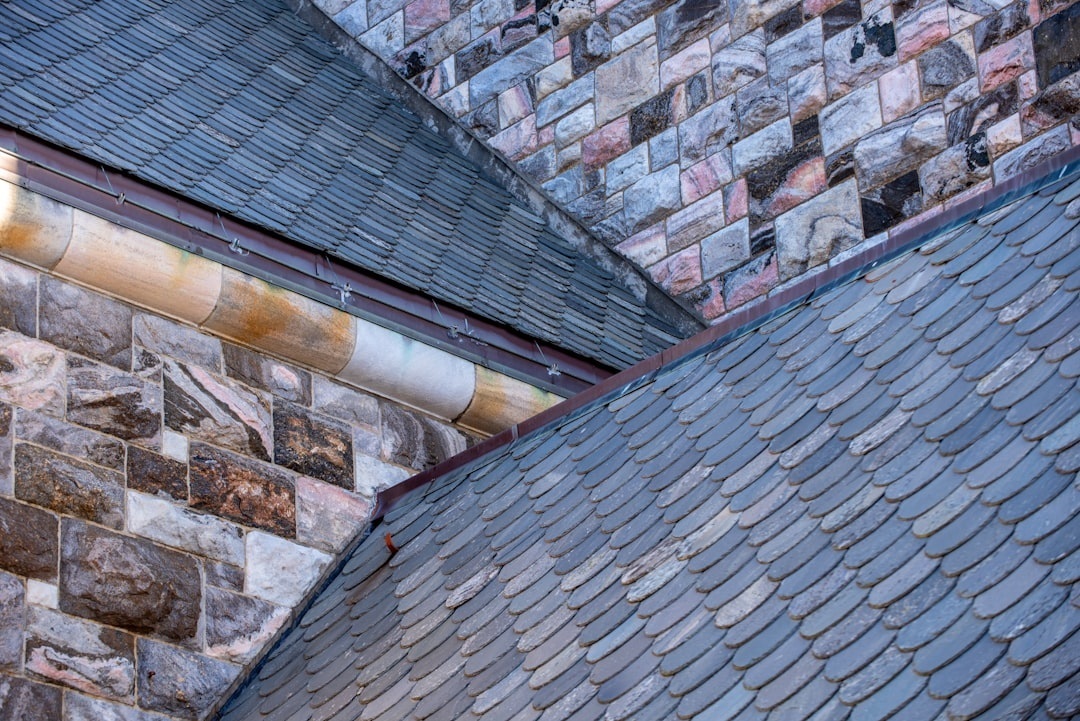Introduction:
When it comes to enhancing the aesthetic appeal of a space, the texture of the materials used plays a crucial role. Cultured stone, also known as manufactured stone or faux stone, has gained popularity in recent years for its ability to replicate the look and feel of natural stone while offering unique textures and design options. In this article, we will delve deep into the world of cultured stone texture, exploring its characteristics, applications, and the endless possibilities it offers in architectural and interior design.
Understanding Cultured Stone Texture:
Cultured stone is a type of lightweight concrete material that is cast in molds to resemble natural stone. It is composed of aggregates, pigments, and other additives that give it the appearance and texture of real stone. One of the key advantages of cultured stone is its versatility in texture, allowing for a wide range of finishes that can mimic various types of natural stone such as limestone, slate, granite, and more.
The texture of cultured stone is achieved through a combination of factors, including the type of mold used, the casting process, and the finishing techniques applied. Different molds can create different textures, from smooth and polished surfaces to rough and rugged finishes. Additionally, techniques such as sandblasting, acid etching, and hand carving can further enhance the texture of cultured stone, adding depth and character to the final product.
Applications of Cultured Stone Texture:
Cultured stone texture can be applied in a variety of architectural and interior design settings, offering a cost-effective alternative to natural stone with similar visual impact. One of the most common applications of cultured stone is in exterior cladding, where it can be used to create stunning facades that emulate the look of traditional stone buildings. The texture of cultured stone can range from rustic and weathered to sleek and modern, making it suitable for a wide range of architectural styles.

In interior design, cultured stone texture can be used to create feature walls, fireplace surrounds, accent pieces, and other decorative elements. The texture of cultured stone adds warmth and character to a space, creating a sense of depth and visual interest. Whether used in residential homes, commercial spaces, or hospitality environments, cultured stone texture can help to elevate the design aesthetic and create a memorable impression.
Design Trends and Innovations:
As the popularity of cultured stone continues to grow, designers and manufacturers are constantly pushing the boundaries of innovation to create new textures and finishes. Recent trends in cultured stone texture include the use of mixed materials, such as combining cultured stone with metal, glass, or wood, to create unique and dynamic surfaces. Textures inspired by nature, such as organic shapes and patterns, are also gaining traction in contemporary design.
Advancements in technology have also expanded the possibilities for cultured stone texture, with the development of 3D printing techniques that allow for intricate detailing and customization. These innovations have opened up new avenues for creativity in design, enabling architects and designers to experiment with textures and patterns that were previously difficult to achieve with traditional manufacturing methods.
Maintenance and Sustainability:
In addition to its aesthetic appeal, cultured stone texture offers practical benefits in terms of maintenance and sustainability. Unlike natural stone, which can be prone to chipping, staining, and weathering, cultured stone is durable and resistant to wear and tear. Its lightweight nature also makes it easier to install and handle, reducing labor costs and environmental impact.
Cultured stone is a sustainable choice for environmentally conscious design projects, as it is made from natural materials and can be produced using eco-friendly manufacturing processes. By choosing cultured stone over natural stone, designers can reduce the environmental impact of their projects while still achieving the desired aesthetic effects. Additionally, the longevity and low maintenance requirements of cultured stone make it a cost-effective and sustainable choice for long-term use.
Conclusion:
Cultured stone texture offers a wealth of possibilities for designers and architects looking to create visually stunning and durable spaces. With https://www.fs-slate.com to replicate the look and feel of natural stone, while offering a wide range of textures and finishes, cultured stone has become a popular choice for a variety of design applications. Whether used in exterior cladding, interior design features, or innovative new applications, cultured stone texture continues to inspire creativity and push the boundaries of design possibilities. By embracing the beauty and versatility of cultured stone texture, designers can create spaces that are both visually striking and environmentally sustainable, leaving a lasting impression on all who experience them.
